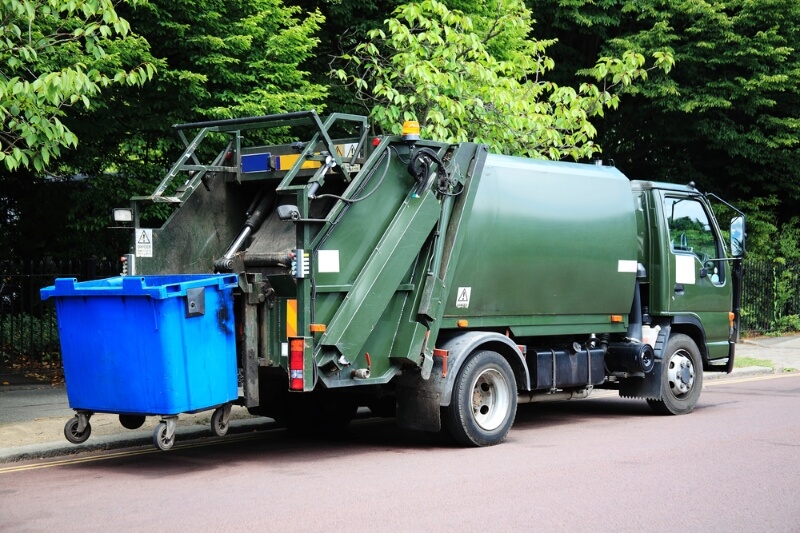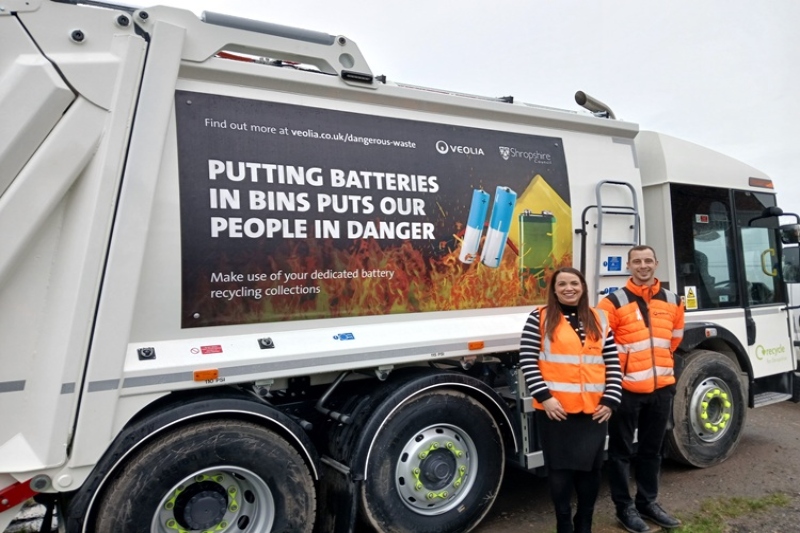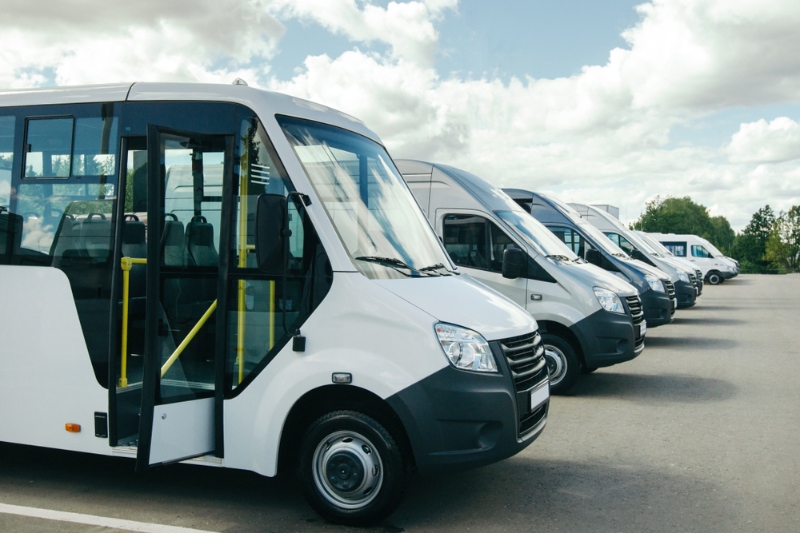A national trade association has launched new guidance for fuel station operators following a surge in demand for Compressed Natural Gas (CNG) and Liquid Natural Gas (LNG) vehicles across the haulage and fleet industries.
Efficiency savings and lower emissions have led to a rise in the number of vehicles powered by natural gas on British roads and an increasing number of fuel stations are introducing CNG and LNG dispensing systems on their sites.
A number of haulage companies have also opted to supply these natural gases at their own facilities.
Now, the British Compressed Gases Association (BCGA) has introduced a new Code of Practice, CP46, 'The Storage Of Cryogenic Flammable Fluids.'
This new guidance is joined by the revised CP41 Code of Practice, which has been extended to include CNG and LNG. The previous version was largely aimed at hydrogen vehicle fuelling.
CP46 covers the bulk storage of fuel gas, typically in a storage tank alongside the fuelling station, while CP41 sets out recognised engineering standards to support the setting-up, operation and management of CNG and LNG fuelling stations.
The new Codes of Practice have been drawn up by the BCGA's technical subcommittee which is responsible for all matters relating to CNG/LNG, hydrogen and other alternative gaseous fuels.
Doug Thornton, chief executive of the BCGA, said: 'While CP 41 is responsible for what happens on the forecourt of a fuelling station, including subjects such as fuel dispense, fuel quality, connection to vehicles and general safety, CP 46 is concerned with the bulk storage of the fuel gas, typically in a storage tank alongside the fuelling station.
'The intention is that these are the two main reference documents to be used together when setting up a fuelling station.
'The commercialisation of CNG and LNG is making rapid progress in internal combustion engines for heavy vehicles such as trucks and buses and fleet operators are already seeing significant savings in fuel costs as well as engine emissions.
'CNG and LNG vehicle fuelling works well in this type of environment as HGV and PSV filling areas tend to be more spacious and away from the general public, so issues of separation distances from petrol and diesel are easy to action.'







